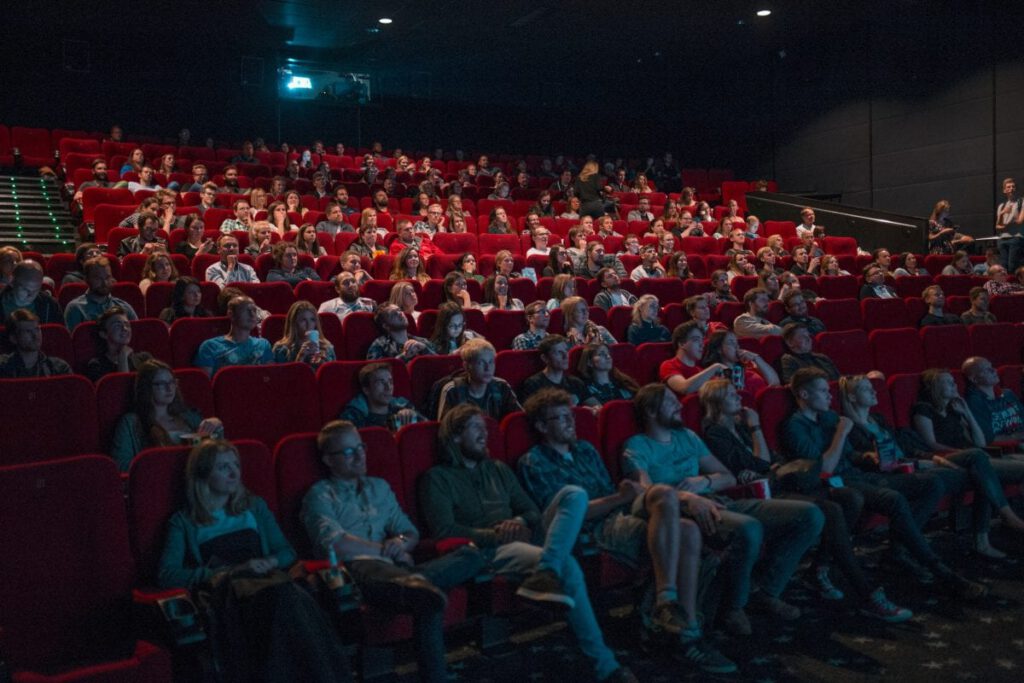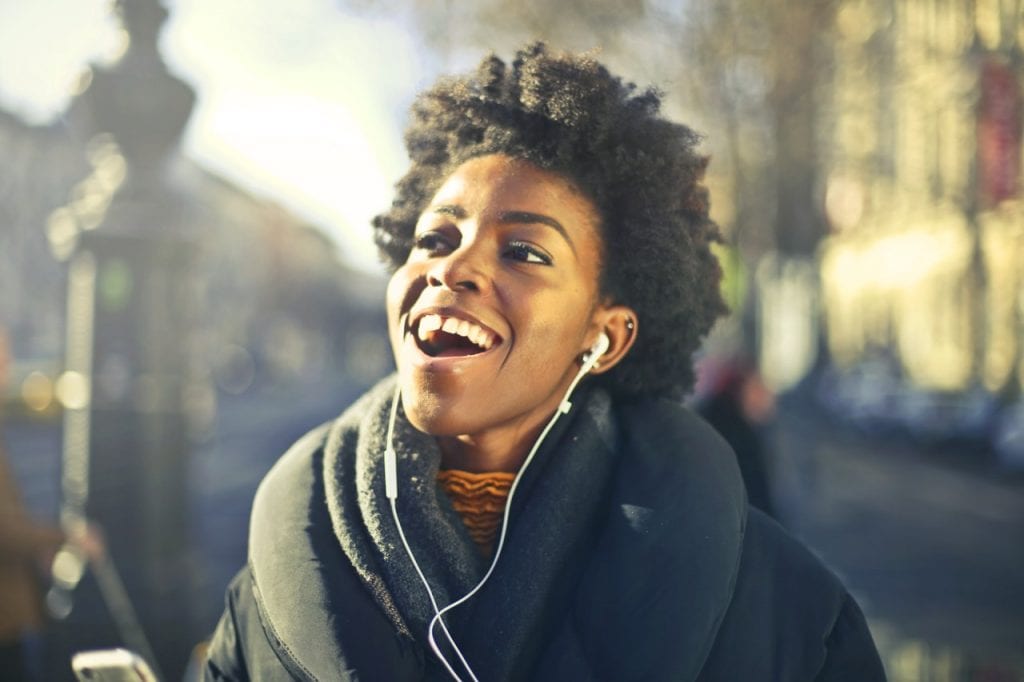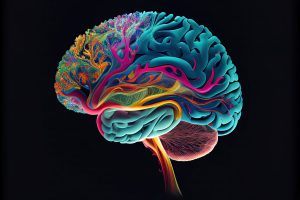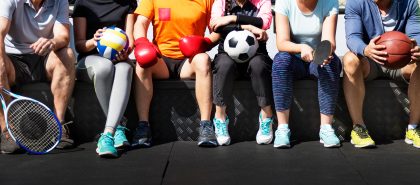Attention and engagement are highly valued metrics in media, communications, and ad testing. And within the world of biosensor research, there are many different ways of assessing these two metrics – such as eye tracking, skin conductance, as well as EEG via power spectral density or frontal alpha asymmetry.
With our latest update release of iMotions, we are proud to announce our latest tool for analyzing EEG; the new EEG Intersubject Correlation (ISC), otherwise known as Neural Synchrony, R-notebook.
Intersubject correlation is a very special kind of analysis because while all of our other measures look at an individual’s reaction to a stimulus, EEG intersubject correlation looks at the similarity in brainwaves between participants – thereby giving you a more in-depth look at what your target population is doing.
What our new ISC R-notebook does is that it can, during post-processing of any collected EEG data, automatically analyze and aggregate that EEG data across subjects.
A brief history of Intersubject Correlation
In 2004, Hasson and colleagues published a landmark paper in the journal Science, where they used functional magnetic resonance imaging (fMRI) to look at the brain activation of individuals as they watched the first 30 minutes of “The Good, The Bad, and The Ugly” (good choice!).

The researchers found that participants’ brains tended to react in unison to the movie – specifically, there were strong correlations between individuals in what parts of their brain were activated and when. Furthermore, these common patterns of brain activation seemed to correspond to specific features, like when an individual was manipulating an object with their hands on-screen, or when a scene was emotionally charged. This synchrony disappeared when participants were shown a blank screen.
In 2012, Dmochowski and colleagues were able to replicate this same intersubject correlation, but using EEG instead of fMRI, thus making this method more accessible to researchers who might not have the means to access an fMRI machine. Again, when participants were watching movie scenes, there was a strong consensus between participants’ EEG activity. And again, this ISC disappeared when the movie scenes were scrambled (making them nonsensical), or when participants viewed a neutral free-form control clip of people sitting outside in a park.
The use of ISC made the jump to neuromarketing and commercial neuroscience when Barnett & Cerf measured neural synchrony between participants watching movie trailers in 2014. They found that the higher the synchrony for a particular trailer, the higher the recall by participants – and the more successful the movie performed at the box office. This was the first to demonstrate that ISC could be used to predict business outcomes for media and advertising.
Finally, Leeuwis and colleagues at Unravel Research were able to demonstrate that the use of ISC can also apply to music – with higher neural synchrony between participants when listening to certain popular songs, with a strong predictive capability for how well they would do on the Spotify charts up to 10 months later. (This study was powered by iMotions, with the help of an ABM B-Alert X10 headset!)

These studies point to the stunning revelation that although individuals are unique and every person’s subjective experience may differ, in the face of compelling media our brains all tend to act the same way. This media must have a clear narrative structure (as in, not freeform or abstract) and it must be understandable by the audience (not scrambled). The strength of the ISC tends to correlate with attention and engagement and has definite implications for future purchase behavior and consumption.
Applications beyond media research
The use of media is not restricted to just advertising; there are several studies showing great promise for ISC in communication and education applications. For example, when students watched educational videos and knew they were going to be tested afterward, they paid more attention to the videos and showed higher ISC (and better test scores) compared to students who didn’t know they would be tested and thus paid less attention (Cohen et al, 2018).
There are many more opportunities for interesting research questions, such as whether EEG ISC decreases if participants are dyslexic, or how ISC might change while learning a foreign language.
The use of the EEG ISC r-notebook is provided with our EEG module and can be used with any of the EEG headsets we integrate with. We are extremely excited to add this new tool to our biosensor arsenal, with its potential uses in media, advertising, consumer neuroscience, communications, education, and more.
If you are interested in how our new intersubject correlation notebook can streamline your EEG data analysis, don’t hesitate to contact us for more information or a free live demo.
References
Hasson, U et al (2004). Intersubject Synchronization of Cortical Activity During Natural Vision. Science 303, 1634.
Dmochowski JP et al (2012)., Correlated components of ongoing EEG point to emotionally laden attention – a possible marker of engagement? Frontiers in Human Neuroscience 6, 112.
Barnett S & Cerf M (2014). A Ticket For Your Thoughts: Method for Predicting Content Recall and Sales Using Neural Similarity of Moviegoers. Journal of Consumer Research 44, 160-181.
Leeuwis N et al (2021). A Sound Prediction: EEG-Based Neural Synchrony Predicts Online Music Streams. Frontiers in Psychology 12, 672980.
Cohen et al. (2018). Neural engagement with online educational videos predicts learning performance for individual students. Neurobiology of Learning & Memory 155, 60-64.
Stevens et al (2010). Speaker-listener neural coupling underlies successful communication. PNAS 107(32), 14425-14430.
Thiede et al (2020). Atypical MEG inter-subject correlation during listening to continuous natural speech in dyslexia. NeuroImage 216(1), 116799.











